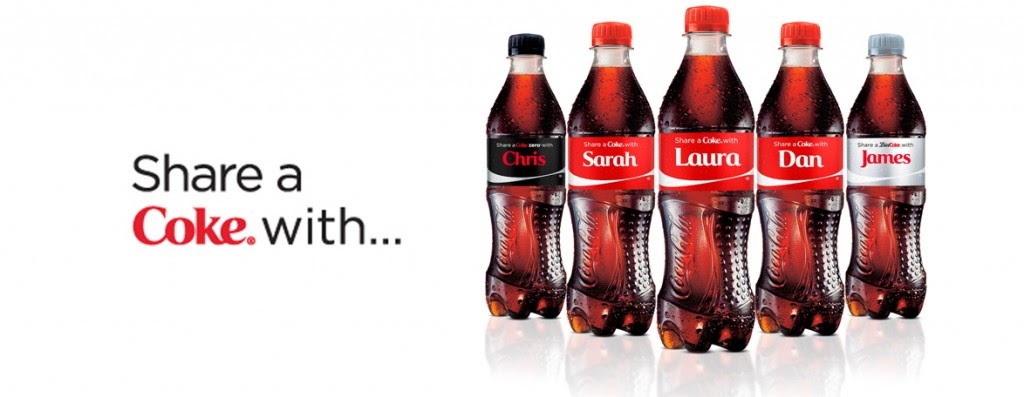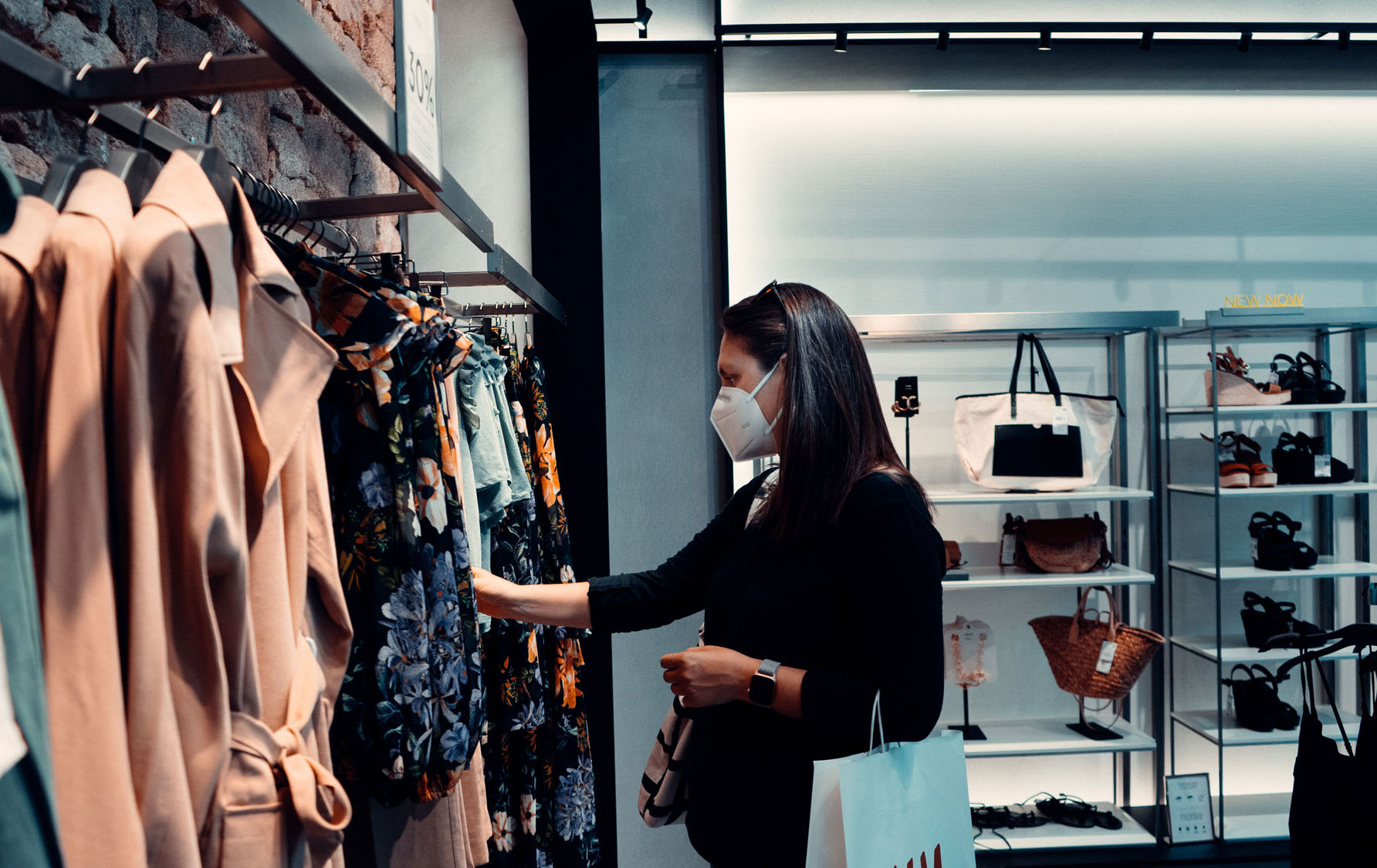Marketing Post Pandemic
0
Marketing Post Pandemic
The pandemic has brought a lot of change into the world of marketing. The way we interact, engage, and even advertise has completely shifted. While tech has always been one of the leading industries, the effect of Coronavirus significantly sped up the timeline on development of online tools and virtual experiences. And while quarantine in the U.S has come to an end and we are all slowly returning to everyday life as we once knew it, the pandemic continues to leave its mark on the world in more ways than one. We’re taking a closer look at 5 ways marketing and brand messaging has significantly changed post pandemic.
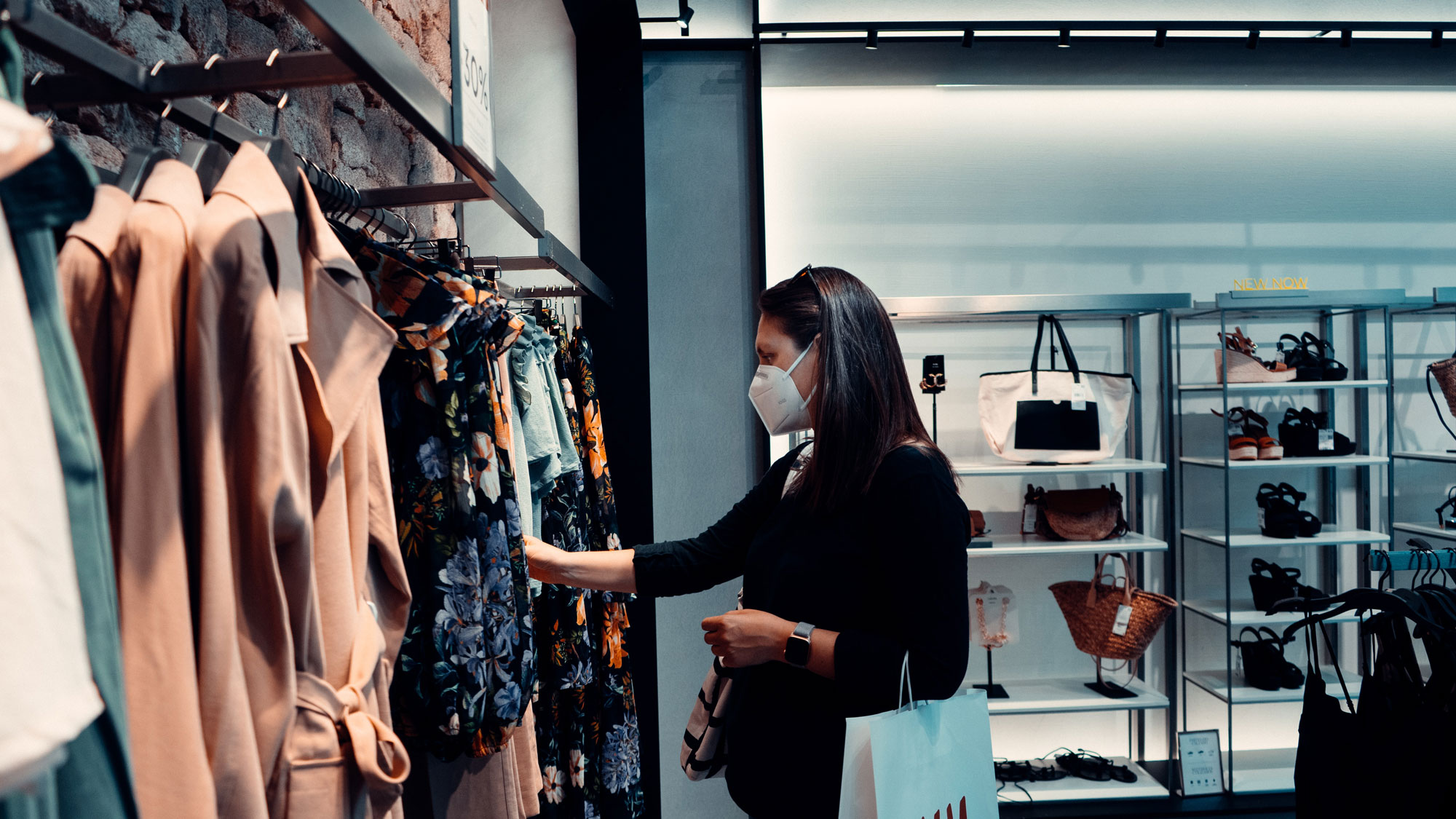
Virtual Events
During the pandemic, virtual events were at an all time high for obvious reasons. Not only was this the only way the world would be able to connect for next year or so, but the effectiveness and convenience also attracted many companies, brands, and audiences to evolve in-person events into virtual experiences and slowly this became “the new normal”.
A great example of this was the NBA. One of the hardest challenges they faced during the pandemic was having to continue the league with no audience. Through Microsoft Teams, they decided to project the audience in the arena screens during the games, as if they were actually there to cheer their favorite teams on. Although this is not necessarily a brand “event”, it falls under this idea of creating a connection and an “in-person experience” while not being in the same room.
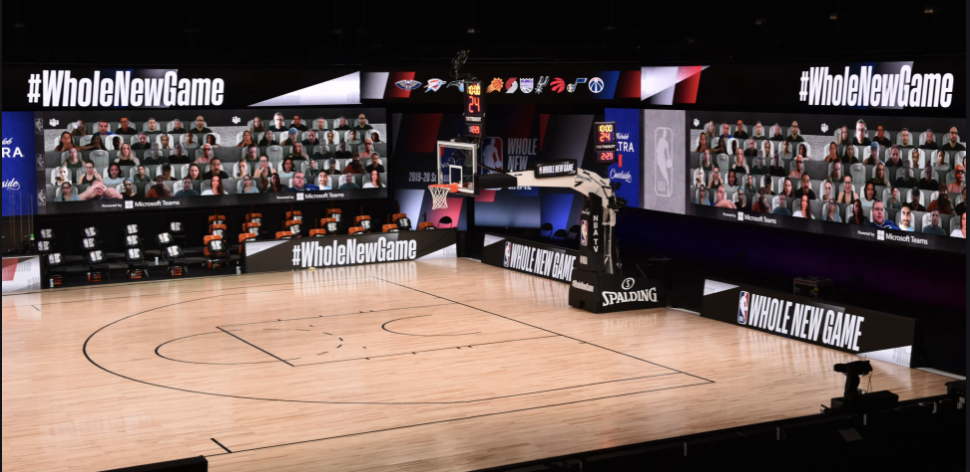
But could virtual events be here to stay? In the Forbes article, Will Virtual Events and Conferences Outlast the Pandemic? Tim Bajarin goes through his virtual event experiences in 2020, analyzing the pros and cons. He concludes, “…if a product launch, conference, customer event, and perhaps even a developer conference can be done with high-quality video, audio, and well structured interactive sessions that allow for true Q&A, I think many companies may consider staying with virtual events in the future.” When we look at the pros and cons of virtual events, we quickly realize that the advantages overweigh the disadvantages. If done correctly, it is cheaper, it is more effective and convenient, you can reach a bigger audience, and get more said and done in a shorter period of time. At the end Bajarin states, “We are more likely to see less in-person events in the future and see virtual events become the norm.” (Forbes)
Focusing on Genuine Brand Values
Instead of people looking at your products, they first look at your brand values. They want to make sure they align with their own values. In today’s political and social climate, consumers are seeking out brands that highlight the importance of having a diverse and inclusive team that will stand up for social, environmental, and ethical issues.
This month, multiple companies and brands launched campaigns surrounding Pride month and shared messaging in support of the LGBTQ+ community through their products, locations, and social media. Makeup companies changed their packaging to rainbow colors, companies posted support on their social media, and department stores created designated pride sections highlighting limited edition products. However, this all backlashed when people started criticizing whether this support was genuine or not. In an article by CNBC, The right way for brands to approach Pride Month, it states, “…brands are being called out for purporting to support the LGBTQ+ community even when the companies have a history of donating hundreds of thousands of dollars to legislators who sponsor anti-trans legislations.” (CNBC) In other words, consumers are doing their homework in seeking out genuine and honest brands. The article continues, “…with consumers giving a more watchful eye than ever to the brands they buy from, it has to go deeper than rainbow packaging, experts say. (CNBC) This fits all social, environmental, and ethical issues. However with pride month, it was clear that some brands jumped on the Pride bandwagon with the goal of making sales rather than to show support to the LGBTQ+ community.
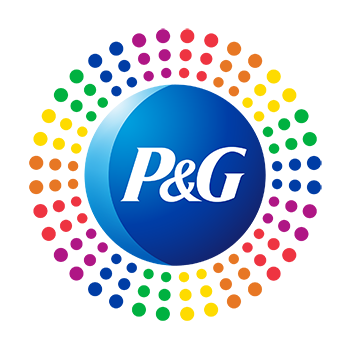

Capitalize on Change
The global pandemic was an eye-opening experience for individuals, corporations, and brands. Many companies were forced to take a step back and reflect on their own contributions to social, political, and environmental issues. Brands and corporations began to feel the pressure of consumers holding them accountable for their past actions or lack thereof, seeking acknowledgement and plans on how these brands and corporations would do better and own up to their mistakes. Now more than ever, many brands and corporations are paying attention to social and political climates as a way to communicate their brand philosophy and to connect with their ideal target. Your audience is looking for empathy and support, especially post pandemic.
Aside from being accountable and growing from previous mistakes, people are looking to see how your brand has changed post pandemic. It is the perfect time to evaluate your brand and see how you can improve how you connect with your audience.
Authentic Experiences
People want to know the faces behind the brands. They want to have conversations with the brands they are buying from. They want authenticity. By being authentic, consumers grow to trust you and become loyal consumers. The post pandemic consumer wants to know that brands are on their side and that the brands that they support are associated with honesty, authenticity, inclusivity, and social responsibility.
Although the pandemic brought a lot of negativity into our world, it brought a lot of opportunity for growth. It pushed brands to improve aspects of technology, and offered us a lot of new ways to communicate and connect with their consumers.
Personalization
Personalization, also known as one-to-one marketing, is when messaging is meant to target an individual or a micro target audience. The average consumer is tired of being bombarded with generic advertisements. They are more likely to listen when it is personalized to them. In order to do this, it is important to understand the individual. What are their needs, how have they reacted to certain things (positive or negative), and with that information anticipate their future needs.
Coca Cola’s Share a Coke campaign in 2014 was one of the most successful personalization marketing examples. Each coke bottle was labeled with potential consumer names. This grew their young adult consumption by 7%. Consumers were rushing to the stores to find their name, their friends names, their families name, etc. The consumer felt like their experience was more personal and special to them. Therefore, they were kept engaged and coming back to find more names.
